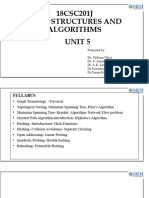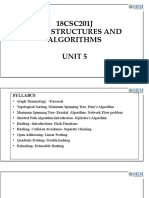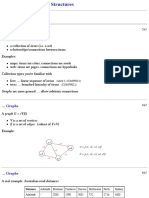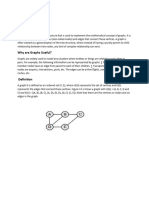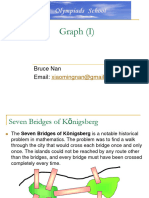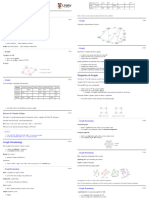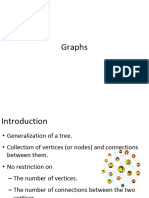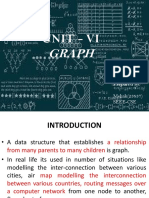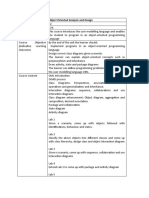0% found this document useful (0 votes)
52 views13 pagesEfficient Graph Storage Methods
Uploaded by
Sanad HammasCopyright
© © All Rights Reserved
We take content rights seriously. If you suspect this is your content, claim it here.
Available Formats
Download as TXT, PDF, TXT or read online on Scribd
0% found this document useful (0 votes)
52 views13 pagesEfficient Graph Storage Methods
Uploaded by
Sanad HammasCopyright
© © All Rights Reserved
We take content rights seriously. If you suspect this is your content, claim it here.
Available Formats
Download as TXT, PDF, TXT or read online on Scribd
/ 13



